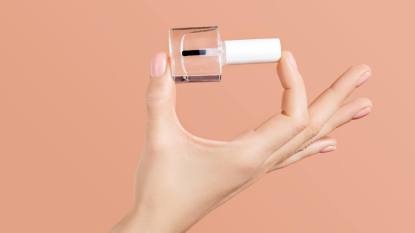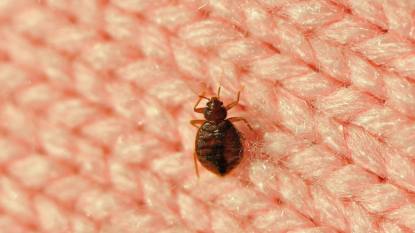How To Remove Permanent Marker From Plastic, Whiteboard, Fabric & Wood — Cleaning Pros Spill Their Easy Tips
Plus, how a dry erase marker can un-Sharpie a whiteboard — instantly!
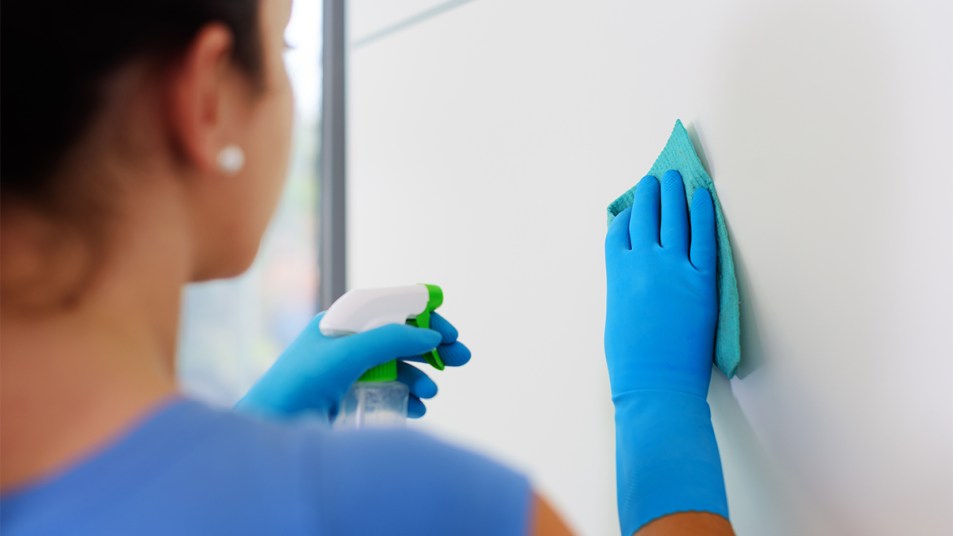
Any parent who has written their child’s name into a garment and then washed it dozens of times can tell you that permanent marker isn’t really everlasting: It will eventually fade and disappear. But of course, that’s on clothing and after many washes. But, if you’re like us and mistakenly picked up a permanent marker and wrote your shopping list on a dry erase board, you learned the hard way that removing it from certain surfaces, including porous ones, can be tricky. “Permanent marker is also much more likely to retain its permanence on porous surfaces, meaning materials like wood, paper, cardboard and fabric that have small holes or pores in them, where the ink can seep into the pores,” confirms Nataly Thiry Munoz, a research and development manager at Newell Brands, the maker of Sharpie markers. Both concerned and optimistic that there must be an answer out there, we talked to experts and complied a guide for how to remove permanent marker from plastic, fabric and other materials:
Water- vs Oil-based permanent markers
The first step is to determine what type of marker was used. Permanent markers can be either oil-based or water-based, and you’ll need to know which you’re dealing with when you attempt to remove the marker. If you used a regular Sharpie, for example, that’s a water-based pen. A Sharpie paint pen, however is oil based. Melissa Woods of @WelcometotheWoodsBlog offers a complete explainer of the differences here:
If you haven’t a clue regarding the pen you used, try dabbing the marker with an isopropyl alcohol soaked cotton swab, if that picks up pigment, it’s likely a water based one. If it doesn’t, you’ve got an oil-based (or xylene) marker, which is much harder to remove. The advice below on wow to remove permanent marker from plastic, wood, fabrics and more pertains to standard, water-based markers, which are most common.
How to remove permanent marker from plastic and more
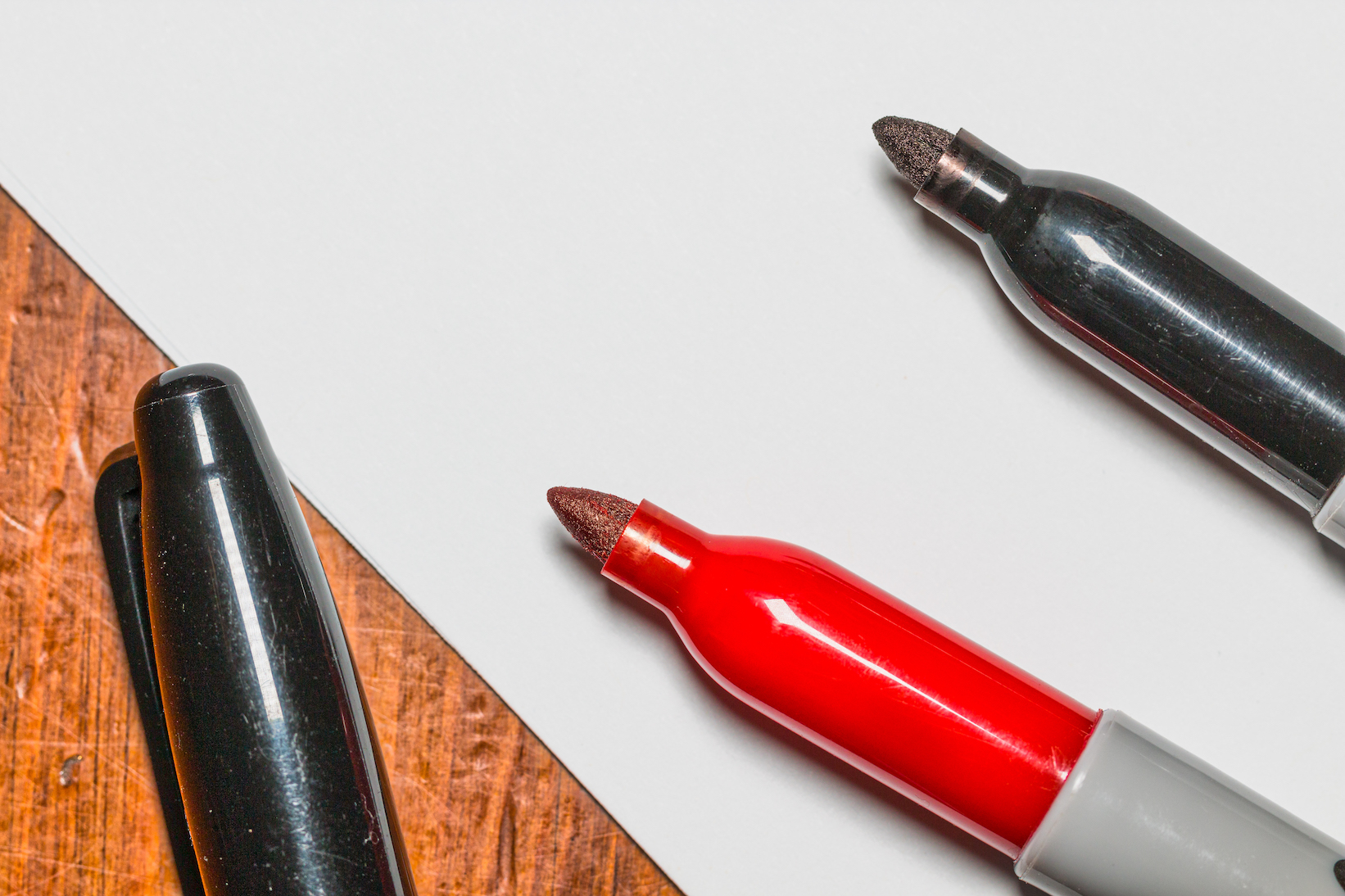
Whether or not you can remove the permanent marker will also depend on the surface, says TikTok cleaning expert Ann Rusell, who is the author of the book How to Clean Everything. “On non-porous surfaces like glass, metal and certain plastics, it should be possible to remove water-based permanent marker,” she encourages. “Either use the correct solvent [which can be isopropyl alcohol, acetone or denatured alcohol, as described below] or simply polish it off.”
1. To remove marker from plastic
Avery, the manufacturer of Marks-A-Lot permanent markers, says “plastic is the most likely surface for successful removal.” Hurray! Use the method described below.
Start with alcohol: The mildest solvent to try is isopropyl alcohol (aka rubbing alcohol). Soak a part of a clean, plain white (no patterns) paper towel in the alcohol and dab it on the stain, says Russell. If this removes the ink without damaging the surface, continue to dab clean sections of alcohol-soaked paper towel to the stain to lift it up. It may take some time to remove all the stain.
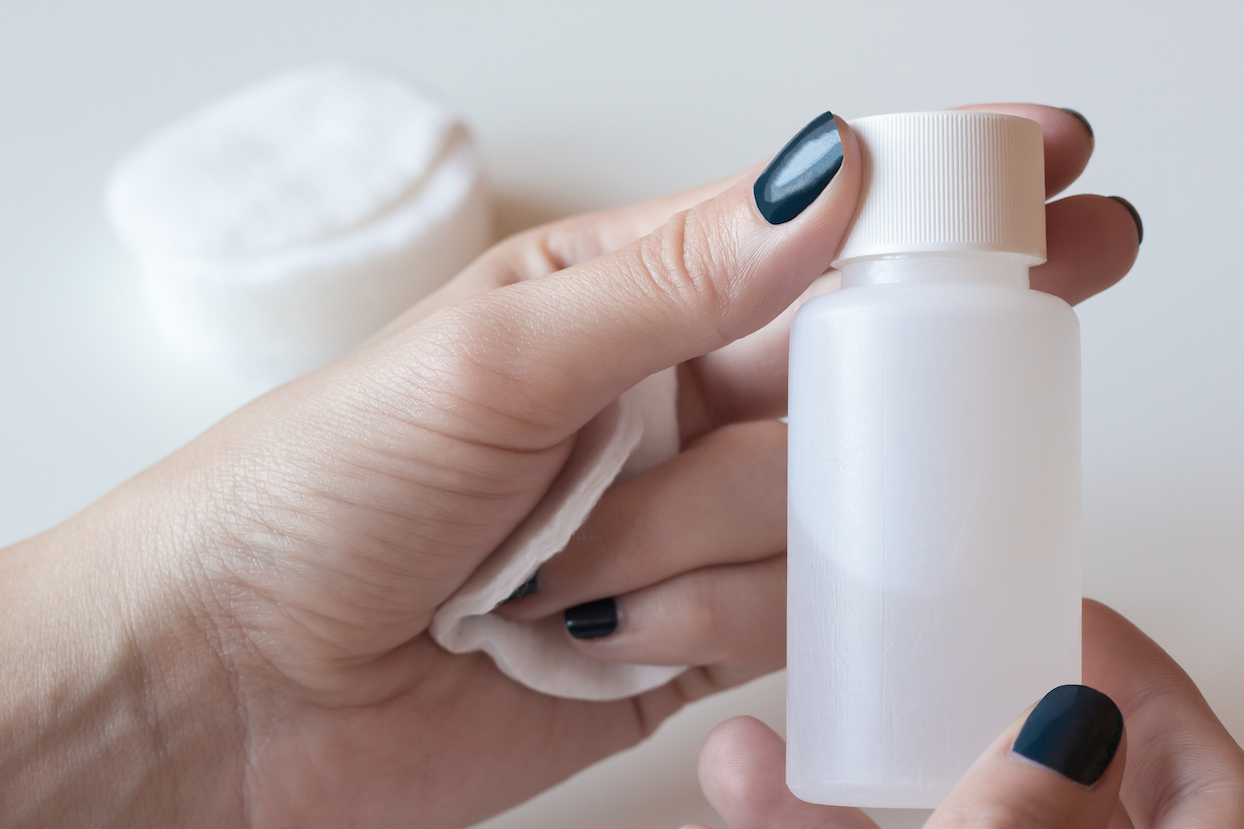
Alcohol not working? If isopropyl alcohol doesn’t work when trying to remove permanent marker from plastic, you can try acetone (which is what most nail polish remover is made of), but do so with caution: This is a strong solvent that can damage a surface. Russell warns: “Be careful the solvent you use doesn’t also take the surface off whatever you are trying to clean. Start slowly and gently.” Test it on a discreet area first to see if it is safe; if it doesn’t wreck the surface, use the same blotting with paper towel method described above.
Stain still there? Avery says some people have reported success using a Mr. Clean Magic Eraser to lift permanent marker off of hard plastics.
2. To remove permanent marker from a whiteboard
Whether you’re a teacher or an office worker, you know how easy it is to “Sharpie a whiteboard” and use a permanent marker in place of a dry erase marker. Luckily, in most instances, you can remove permanent marker writing or drawing from a dry erase whiteboard using rubbing alcohol or hand sanitizer (which contains rubbing alcohol).
One surprising expert solution: Try covering the writing with a removable whiteboard marker and then erasing. Thiry Munoz explains, “This works because the solvent in a dry-erase marker like Expo, re-solubilizes the resins in the permanent inks.” Dry erase marker may not be effective if the permanent marker has been on the whiteboard for a long time or if the surface of the whiteboard has been scratched, in which case the marker may not come out.
You Tube office advice pro Ed Tchoi shows you how to clean a whiteboard using alcohol, hand sanitizer and a dry erase marker in this helpful video:
3. To remove permanent marker from fabric
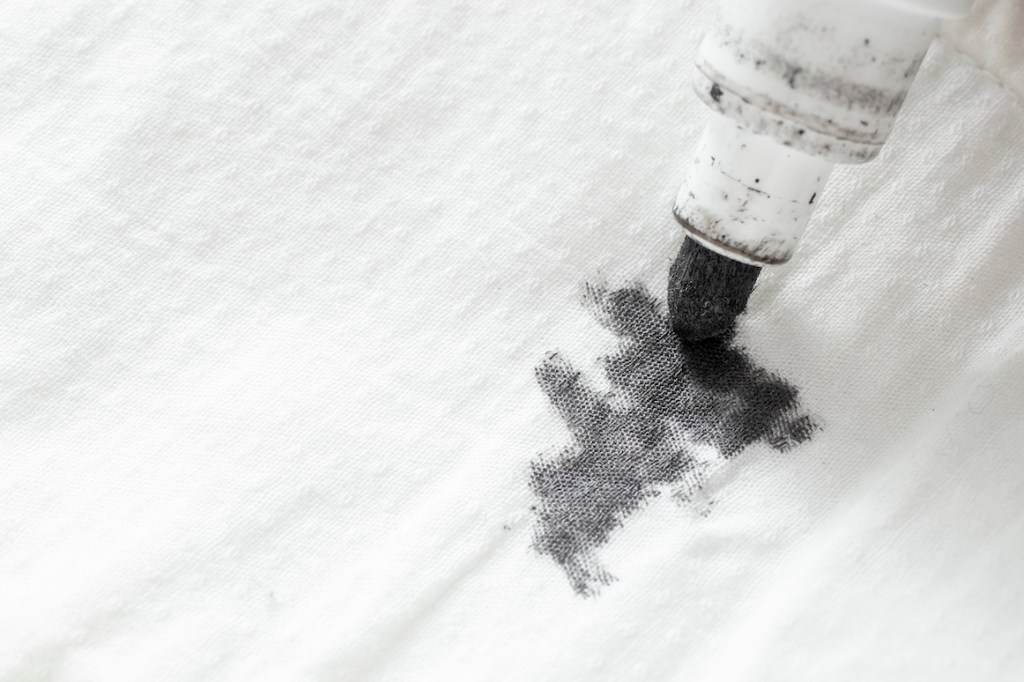
Try to treat stains immediately by encircling the stain with mineral oil or petroleum jelly so it doesn’t spread, then treat the area with isopropyl alcohol using an eyedropper. If the mark is small you can use a cotton swab to dab it on. Thiry Munoz suggests adding dishwashing liquid directly to the stain, rubbing it in with some warm water and letting it sit overnight before laundering.
Alternatively, to remove permanent marker from fabric, Rusell suggests Amodex Ink & Stain Remover (Buy on Amazon, $11.99), which bills itself as “the only Sharpie recommended stain remover on the market.” She suggests you gently rub with a brush, then rinse or launder.
4. To remove permanent marker from wood
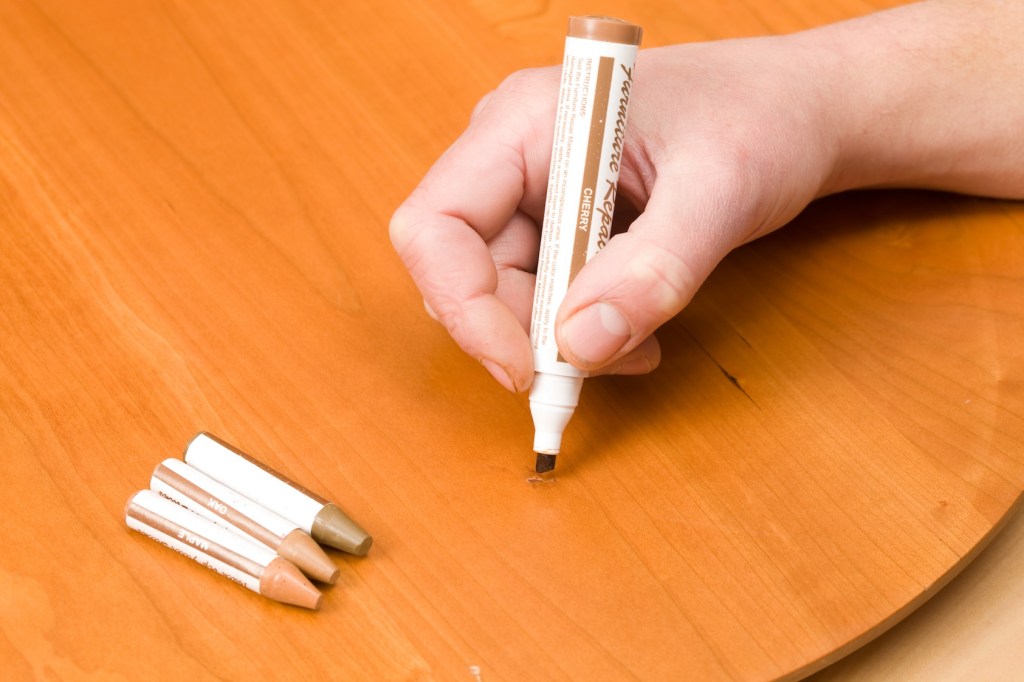
“Porous surfaces are a challenge, as any mark soaks in and when you try to clean it, you risk putting it further in,” cautions Russell. However, she notes some marks can be just wiped off and others might be able to be lightly sanded off (though this might then necessitate refinishing). Russell suggests the “drip, blot technique” in which you drip on the solvent, give it a second to dissolve the marker and blot with something absorbent (like a clean white paper towel or cloth) to suck it up rather than it sink further in. Again, test it on an out of sight area first. If it’s a fine antique! Take it to a pro instead.
Can you remove permanent marker from walls?
“It is especially difficult to remove permanent ink from a surface you can’t launder, such as furniture or walls,” says Thiry Munoz. If the paint is semi or high gloss, there’s a small chance it’ll come off with alcohol or a Magic Eraser, but your best bet is probably to paint over the marks. If it’s a particularly large marking, a coat of primer before the paint may help conceal the writing.
For more handy removal tips, click through the links below:
The Best Ways To Remove Rust Stains From Clothes and Carpet
Why Grass Stains Are So Tough To Remove — And the Pantry Staples That Come Through
The Secret to Removing Candle Wax From Any Surface Is Knowing When To Use Cold and When To Use Heat
Dermatologist: Why You Should Never Scrub Paint Off Your Skin and What To Do Instead





